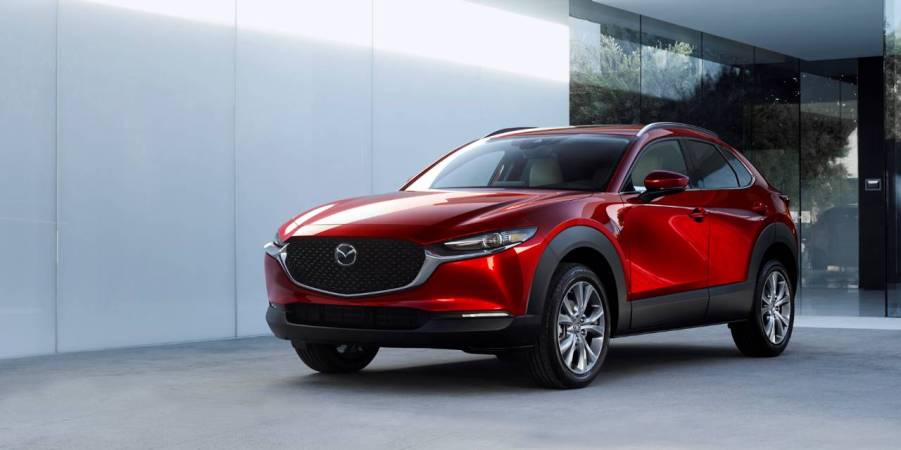
Is a Turbocharged Mazda Worth the Extra Cash?
Nothing sells cars fasters than advertising high horsepower outputs and quick 0-60 mph times. However, opting for the most powerful engine option doesn’t always yield the best experience. While you’ll want the most powerful version of an all-out sports car, your daily driver crossover is a completely different story. Today we’ll be looking at Mazda’s selection of turbocharged engines and whether or not the performance increase is truly worth the cash.
How much more powerful is a turbocharged Mazda?

Since developing a brand-new engine is in no way affordable, it is no surprise that pretty much all turbo Mazda models share the same powertrain. The engine in question is a 2.5-liter turbocharged four-cylinder developing up to 250 hp and 320 lb-ft of torque on premium fuel. If you fill it up with regular gas, you’ll be making 227 hp and 310 lb-ft of torque. In this sense, opting for the significantly cheaper gas has few performance drawbacks.
Power in these Mazdas is routed to either the front or all wheels, depending on the configuration. Additionally, all of these models come equipped with a six-speed automatic transmission.
For context, the next most powerful non-turbo Mazda engine is a naturally aspirated version of the same 2.5-liter four-cylinder. In this configuration, you get around 187 hp and 186 lb-ft of torque since it varies slightly between models. The total gains are around 63 hp and 124 lb-ft of torque. When you consider that most of Mazda’s cars don’t weigh very much, this is a massive improvement.
How much extra cash will I have to fork over?
As you’d expect, the higher-spec powertrain is reserved largely for Mazda’s higher trim levels. In the case of the CX-30 crossover, the turbo model starts at $29,900. In contrast, the base powertrain carries a base price of around $21,900. However, keep in mind that the turbo model costs more largely because it comes standard with all-wheel drive.
The recently announced Mazda3 also sees a significant price increase. While a base model starts at $20,500, the turbo model comes in at $29,900. Like with the CX-30, the turbo model features all-wheel drive, which shoots up the price. Additionally, the Mazda3 is available as both a sedan or hatchback.
In the case of the Mazda CX-5, you’re actually able to have the more powerful engine without being forced into all-wheel drive. While the base engine is available for $25,270, the cheapest turbo model starts at $30,600. The price increases significantly because this CX-5 is a Carbon Edition. If you add in all-wheel drive, prices can quickly creep up to over $37,000.
It is worth noting that the Mazda CX-9 comes standard with the turbo engine in all trim levels. This is likely due to the extra weight needed to lug around.
More power means worse fuel economy in some cases

Despite offering more power, Mazda’s newest crop of turbo engines has some slight drawbacks in terms of fuel economy. Let’s take the CX-5 as an example. The standard powertrain has an estimated average fuel consumption of 25 mpg in the city and 31 mpg on the highway. On the other hand, the turbo model sees these figures drop significantly to 23 mpg in the city and 28 mpg on the highway.
The result here is that these models will be more expensive to purchase and run. To determine whether or not the turbo is worth it, you’ll have to decide if you want outright performance or efficiency and savings.


